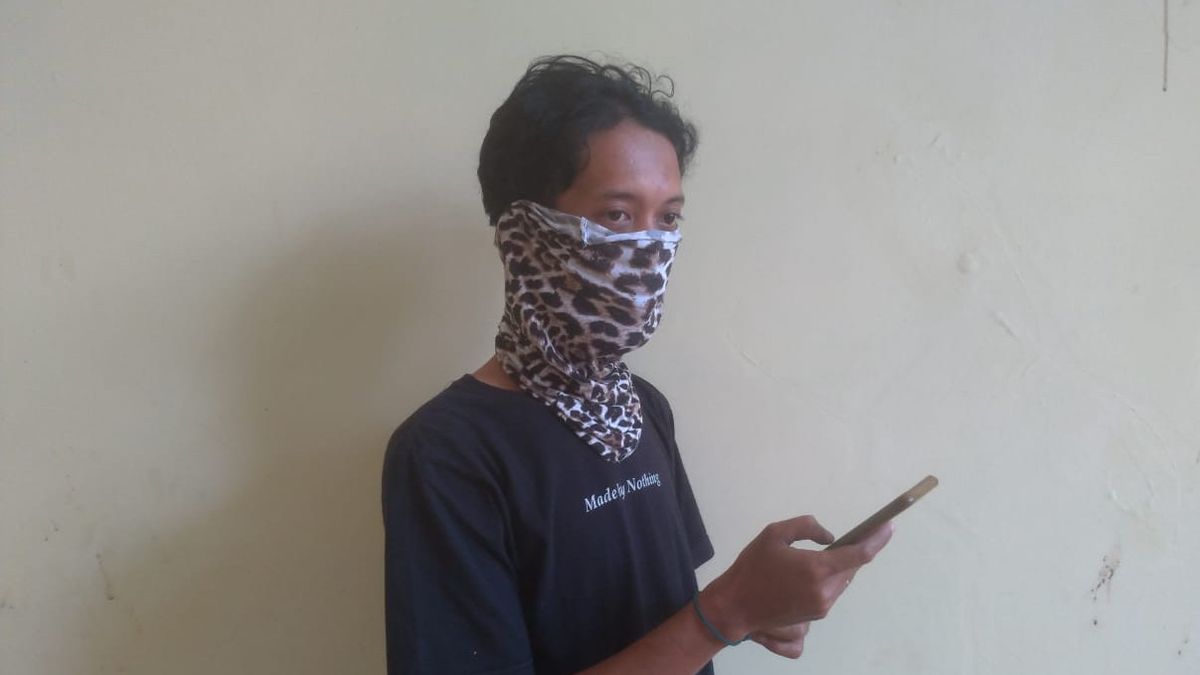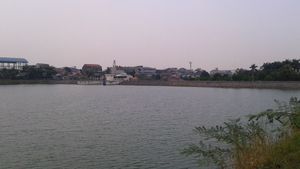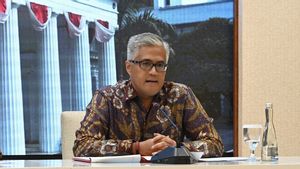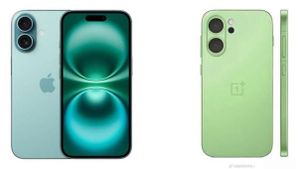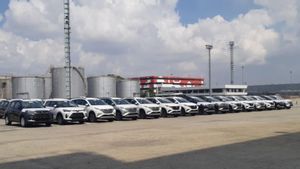JAKARTA - The use of masks is one of the main shields to prevent the spread of COVID-19. For this reason, researchers from Duke University created a simple way to test the effectiveness of various types of masks that exist. Unexpectedly, it turned out that masks made of fleece were like buffs that were the least safe. This type of mask actually makes more air droplets or droplets.
The research started when a professor from Duke's School of Medicine helped a local group purchase large quantities of masks to distribute to community members in need. He wants to make sure the group buys masks that are really effective.
In a study published in Science Advances last Friday, researchers demonstrated a simple method using a laser beam and cell phones to test the efficiency of masks. They studied the spread of droplets or respiratory droplets during a person's casual conversation.
"We use black boxes, lasers and cameras," said Martin Fischer one of the researchers told CNN. "The laser beam is extended vertically to form a thin sheet of light, which we emit through the slits on the left and right of the box."
Meanwhile, there is a hole in the front of the box so that someone can talk into it. The phone's camera is placed on the back of the box to record light that highlights droplets when someone is talking. It is through this recording that the droplets are calculated using a simple computer algorithm.

The study tested at least 14 types of masks, including the N95 masks that are used professionally by the medical team. First, the test is carried out by watching someone speak without using a mask using the box. Then the person does it again using a mask. Each mask was tested 10 times.
As a result, the most effective mask is the N95. Underneath is a three-layer surgical mask and the cotton masks that many people make at home also perform well.
Meanwhile, masks that are not good to use are made of fleece or imitation woll yarn such as buff. This fabric is usually used for making sweaters and hoodies.
In fact, wearing a fleece type mask results in a higher number of droplets because the material appears to break down the droplets into smaller, more easily airborne particles. "We were surprised to find that the number of particle droplets measured when using fleece actually exceeded the number of particles measured without wearing a mask," Fischer said.
Aside from fleece, foldable bandana masks and knitted masks don't offer much protection either. "We want to emphasize that we really encourage people to wear masks, but we want them to wear masks that really work," said Fischer.
1. Surgical masks
2. Valved N95
3. Knit
4. PolyProp
5. Poly / Cotton
6. MaxAT
7. Cotton2
8. Cotton4
9. Cotton3
10. Cotton 1
11. Fleece
12. Bandana
13. Cotton 5
14. Fitted N95
The English, Chinese, Japanese, Arabic, and French versions are automatically generated by the AI. So there may still be inaccuracies in translating, please always see Indonesian as our main language. (system supported by DigitalSiber.id)
